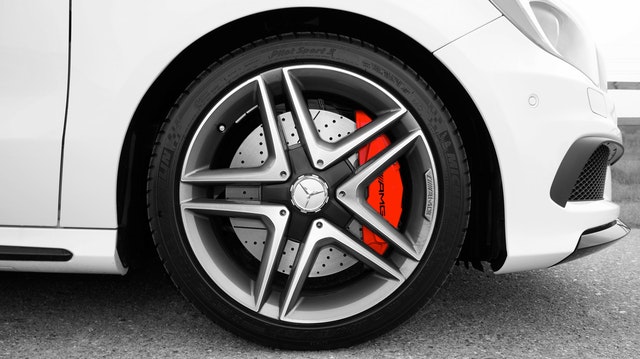How did automobiles become the dominant form of transportation?

The automobile is essentially synonymous with modern American life. Look around and just about every structure you see, office buildings, suburbs and shopping malls were all built automobile transportation in mind. Yes, America is defined by the automobile but did you ever wonder why? Why not trains, trolleys, subway systems or other forms of public transportation? As it turns out, it wasn’t just because consumers preferred them; there were other influences involved.
What travel was like long ago
Long before the automobile was developed, travel was an uncomfortable endeavor. Up until the mid- 19th century, there were very few highways or even decent roads on which to travel. For local travel, most people went by horse-drawn coach and for long distance travel, they used the railroad. By the turn of the century, since it was much faster and more comfortable, the railroad essentially put an end to the coach.
Then came the automobile
Although the automobile was poorly accepted initially, between 1900 and 1915, the number of cars in America jumped from just 8,000 to more than 2 million. The man given the most credit for this is Henry Ford, founder of the Ford Motor Company. As Patrick Mini of Schaumburg, IL, a local Mini dealer, related to us, Ford was among the first to develop the “assembly line” and by 1927 his company had built over 14 million Model T’s.
Then National City Lines was formed
In order to cement the adoption of the automobile in American life, a group called National City Lines, made up of several companies — including General Motors, Firestone, Standard Oil of California and Phillips Petroleum — formed in the 1920s. Their mission was to buy up streetcar and other public transit systems around the country making auto travel mandatory. What the group did not only stifled public transportation, it was also illegal. But, by the time the government got involved, the damage was done.
The Interstate Highway Act
Due to the overwhelming popularity of the automobile, President Eisenhower signed the Interstate Highway Act in 1956 and created more than 42,500 miles of highway across the nation. Soon, the U.S. government would be spending 75 percent of its transportation funding on building roads. The amount going to the funding of public transportation systems – less than one percent.
Today
The dilemma that the United States has today is that we have become a culture that is completely defined by the automobile. Automobiles permeate all facets of modern life and this is a situation that may be very difficult to change any time soon. Thankfully many forward thinking policy makers are recognizing the importance of public transportation and are renewing interest in its development and expansion.





